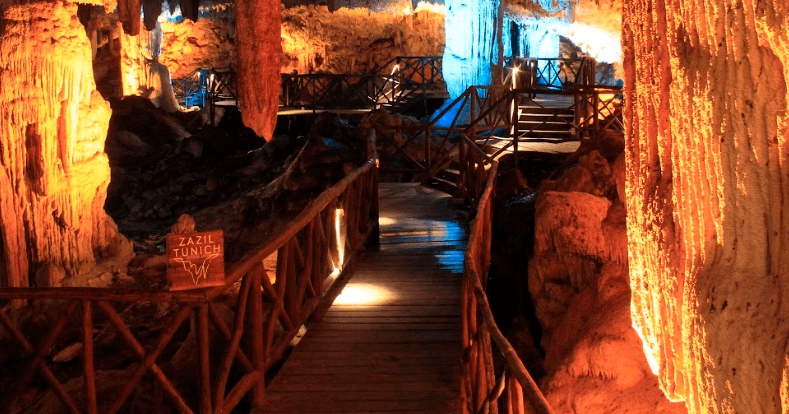The Fascinating Legend of the Hummingbird
Today I want to take you to a magical and mysterious world, where legends come to life and ancient tales transport us to ancient times. Let’s explore the enchanting legend of the hummingbird, a tale that has endured through generations in Zazil Tunich. This fascinating myth not only enriches our understanding of Yucatecan culture, but also offers us a unique insight into the soul of this place. Join me on this journey through time and tradition. The Legend of the Hummingbird: A Glimpse of the Past The legend of the hummingbird, passed down by word of mouth throughout the centuries, finds its roots in ancient Mayan traditions. According to the myth, the gods created all birds for a specific purpose. However, at the end of their work, they realized that they had not assigned a mission to a small and delicate creature: the hummingbird. Concerned about its forgetfulness, the gods decided to give the hummingbird a special task: to be the messenger of human thoughts and desires. They endowed the hummingbird with a fast and agile flight so that it could move between the mortal world and the spirit world with ease. Thus, the hummingbird became a link between both worlds, carrying messages of love, hope and good wishes. The Beauty of the Hummingbird To ensure that the hummingbird would successfully fulfill its mission, the gods adorned it with vibrant colors and iridescent plumage, making it one of the most beautiful and admired birds. Its beauty not only captured the attention of humans, but also symbolized the purity and essence of its messages. Seeing a hummingbird was considered a positive omen, a sign that the gods heard and answered human prayers. Zazil Tunich: The Setting of the Legend Zazil Tunich, whose name means “illuminated stone” in Mayan, is a place where nature and history intertwine harmoniously. This corner of Yucatan, known for its impressive cenotes and lush flora, is also home to numerous legends and myths. The legend of the hummingbird is especially significant in this context, as it reflects the deep connection between the inhabitants of Zazil Tunich and their natural environment. Walking along the trails of Zazil Tunich is a magical experience, where the presence of the hummingbird is felt in every corner. These little messengers can be seen buzzing among the flowers and trees, constantly reminding us of their role as bearers of divine messages. The locals honor and respect the hummingbird, keeping alive the tales that have been passed down from generation to generation. Zazil Tunich: A Dream Destination Today, Zazil Tunich has become a must-see tourist destination for those looking to connect with nature and Mayan culture. Visitors can explore the cenotes, participate in traditional rituals, and of course, learn more about the legend of the hummingbird. This magical place offers a unique experience that combines adventure, history, and spirituality. The legend of the hummingbird not only enriches the cultural experience of visitors, but also promotes a greater connection with nature. By learning the story of these little messengers, tourists develop a greater appreciation for the local flora and fauna, encouraging responsible and sustainable tourism practices. Visit the unique Cenote & Museum Reserve here National Award Zazil Tunich offers a variety of activities that allow visitors to immerse themselves in its culture and natural environment. From guided tours of the cenotes to local craft workshops, there is something for everyone. And of course, you can't miss the opportunity to observe hummingbirds in their natural habitat, an experience that leaves a lasting impression. The legend of the hummingbird at Zazil Tunich is more than just a tale; it is a bridge between the past and the present, between nature and the human spirit. This myth, which has been carefully preserved over the centuries, continues to resonate in the hearts of those who visit this magical place. So, if you ever get the chance to explore Zazil Tunich, be sure to immerse yourself in the fascinating history of the hummingbird and discover the beauty and magic of this corner of Yucatan. You won't regret it!




